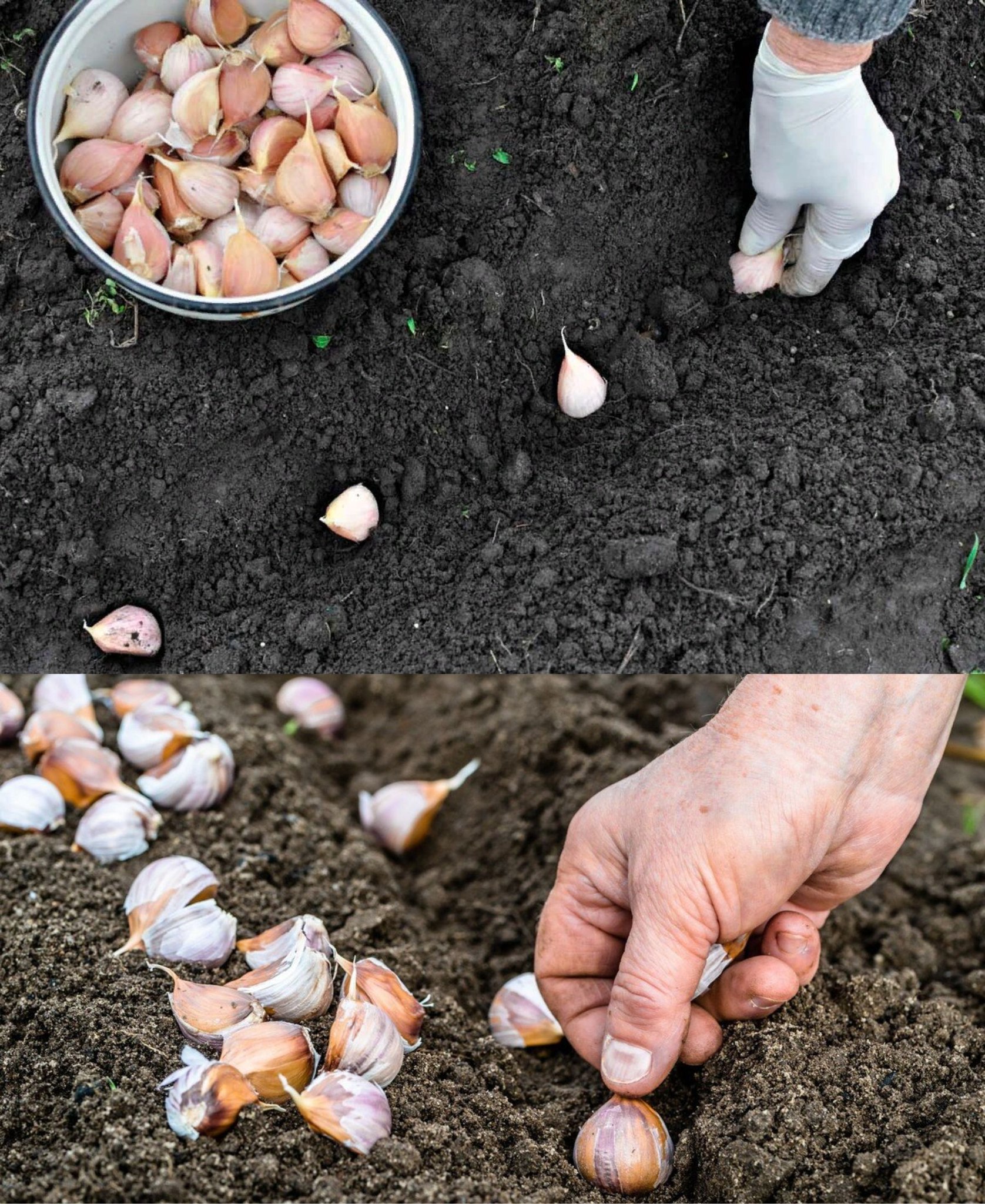
Ninety percent of gardeners unknowingly make mistakes when planting garlic, resulting in smaller heads. While smaller bulbs may not lack in taste, they can be inconvenient to handle. This discussion won’t dwell on the distinction between winter and spring varieties but will instead focus on the factors leading to undersized garlic bulbs, significantly reducing overall yields.
Planting Material Selection:
The foundation for growing robust garlic lies in the choice of planting material. What you sow determines what you reap. However, it’s not just about the quality of individual cloves but also about several overlooked considerations.
Origin of Planting Material:
Garlic bulbs designated for clove extraction should ideally originate from the same region as the planting site. Even if the variety is well-suited to the climate, it takes time to acclimate, potentially leading to undersized bulbs in the first season.
Clove Selection:
For winter garlic propagation, bulbs with four or fewer cloves are preferred. Selecting only outer row segments ensures optimal spring planting material, as inner cloves often yield smaller bulbs, especially for spring planting.
Refreshing Planting Material:
Since garlic reproduction is vegetative, genetic information accumulates over time, necessitating periodic material renewal. However, this doesn’t entail swapping bulbs with neighbors; instead, retaining flower stalks for bulb collection facilitates this process.
Planting Location:
Besides requiring an open, sunny location, garlic necessitates proper crop rotation. Replanting in the same spot or after related crops like onions can impede bulb growth.
Soil Requirements:
Light, fertile soil with a pH above 7 is ideal for garlic cultivation. Preparing beds involves incorporating compost, sand, and ash to ensure optimal growing conditions.
Planting Depth and Spacing:
While the consensus is an 8 cm gap between cloves, confusion arises regarding planting depth. This varies based on soil type and whether additional sand is used. Adequate spacing is crucial, with spring varieties typically requiring closer planting than winter or large varieties.
In summary, avoiding common mistakes in garlic cultivation, from selecting suitable planting material to understanding soil requirements and spacing, is essential for achieving robust bulb growth and maximizing yields.
Share Article: